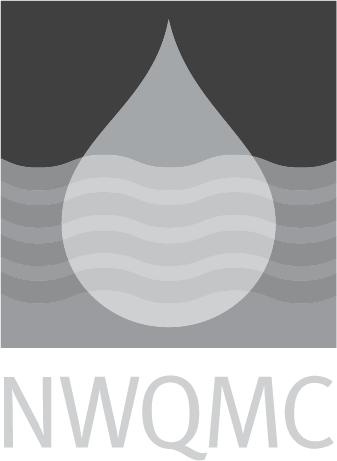EPA-NERL: 330.1: Total Residual Chlorine by Titration
|
Official Method Name
|
Chlorine, Total Residual (Titrimetric, Amperometric) |
|---|---|
|
Current Revision
| Issued 1974; Editorial Revision 1978 |
|
Media
|
WATER |
|
Instrumentation
|
Titration |
|
Method Subcategory
|
Inorganic |
|
Method Source
|
|
|
Citation
|
|
|
Brief Method Summary
|
Chlorine (hypochlorite ion, hypochlorous acid) and chloramines stoichiometrically liberate iodine from potassium iodide at pH 4 or less. The iodine is titrated with standard reducing agent such as sodium thiosulfate or phenylarsine oxide using an amperometer to determine the end point. The results are calculated as mg/L Cl even though the actual measurement is of total oxidizing power because chlorine is the dominant oxidizing agent present. |
|
Scope and Application
|
The amperometric titration method is applicable to all types of waters and wastes that do not contain a substantial amount of organic matter. |
|
Applicable Concentration Range
|
|
|
Interferences
|
Stirring can lower chlorine values by volatilization. If dilution is necessary, it must be done with distilled water which is free of chlorine, chlorine-demand, and ammonia. Copper and silver poison the electrode. |
|
Quality Control Requirements
|
None. |
|
Sample Handling
|
Store at 4oC and analyze as soon as possible. |
|
Maximum Holding Time
|
Analyze Immediately. |
|
Relative Cost
|
Less than $50 |
|
Sample Preparation Methods
|
None. |




